School choice, open-transfer, streamlining certification, prioritizing pace over grade level, and funding current-year students are all strongly supported.

Volume 32 No. 6 | November 30th, 2020
By Pat McFerron, President
Cole Hargrave Snodgrass & Associate
![]() @McFerron
@McFerron
Our recent study of voters shows them ready to make significant changes in our school system. Routinely, we see super-majorities of voters embracing school reforms. It might be easy to say that these reforms are just born out of frustration during Covid, but the reality is in at least one instance this study reaffirms previously recorded support.
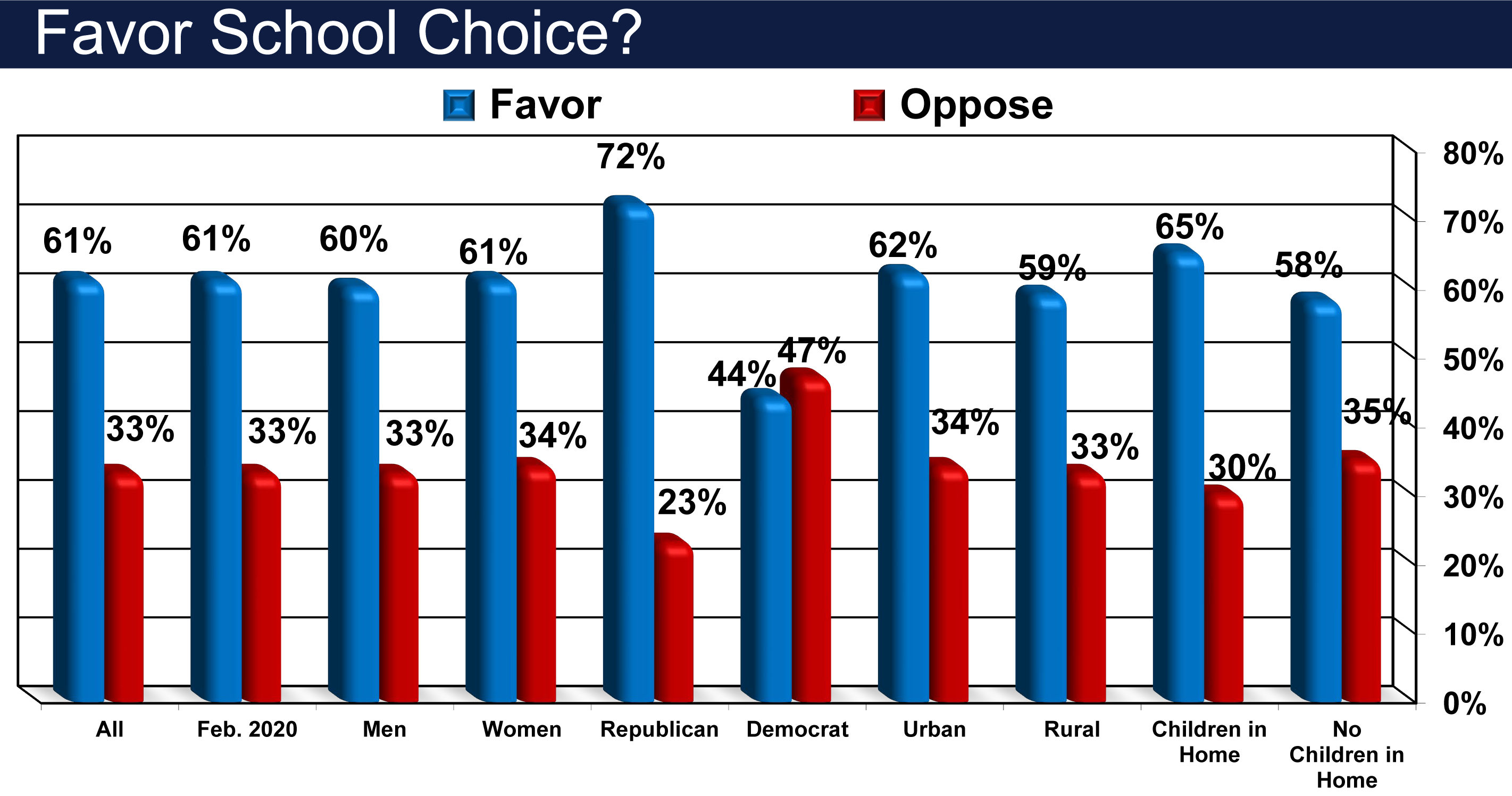 While 2020 has ushered in many changes, one constant is that voters in Oklahoma continue to support school choice, including allowing parents to use tax dollars to send their children to private schools. In a study asked in early February before Covid was a household word, 61% of Oklahomans supported this concept – identical to the percentage supporting it today.
While 2020 has ushered in many changes, one constant is that voters in Oklahoma continue to support school choice, including allowing parents to use tax dollars to send their children to private schools. In a study asked in early February before Covid was a household word, 61% of Oklahomans supported this concept – identical to the percentage supporting it today.

Despite not seeing any change in the overall numbers, even this bedrock issue of school choice has not been immune from the growing partisan divide. It looks as though the pandemic has strengthened the resolve of Republicans who now support school-choice by better than a three-to-one margin, while the issue divides Democrats more than we have ever seen. In February, there was still strong Republican support (66% favor / 30% oppose), but it is now even stronger – and stronger still among those Republicans who vote in primary elections (74% favor).
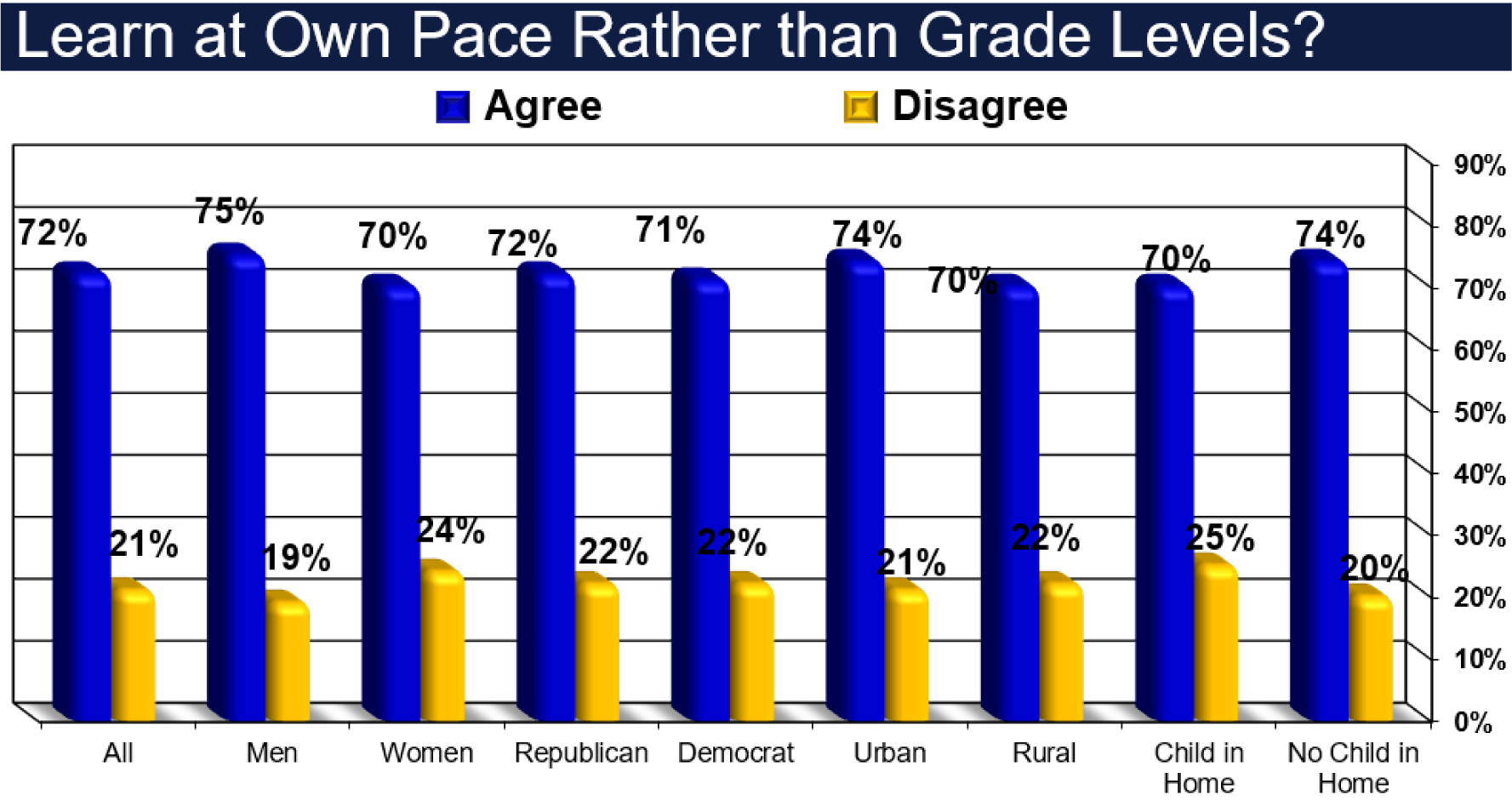
Consistent with past studies, we see both those living in the two great metro areas and those in the 71 most rural counties not that much different. We do see those with a child in the home being the most supportive.
Moving to a more specific type of school choice, we see strong support for open transfer to any public school, as long as the receiving public school has room. On this issue, we see very little difference between Republicans and Democrats, and women lead the charge in support as do those with a child living in the home. Clearly, Oklahomans want to parents in charge of where their children are educated.
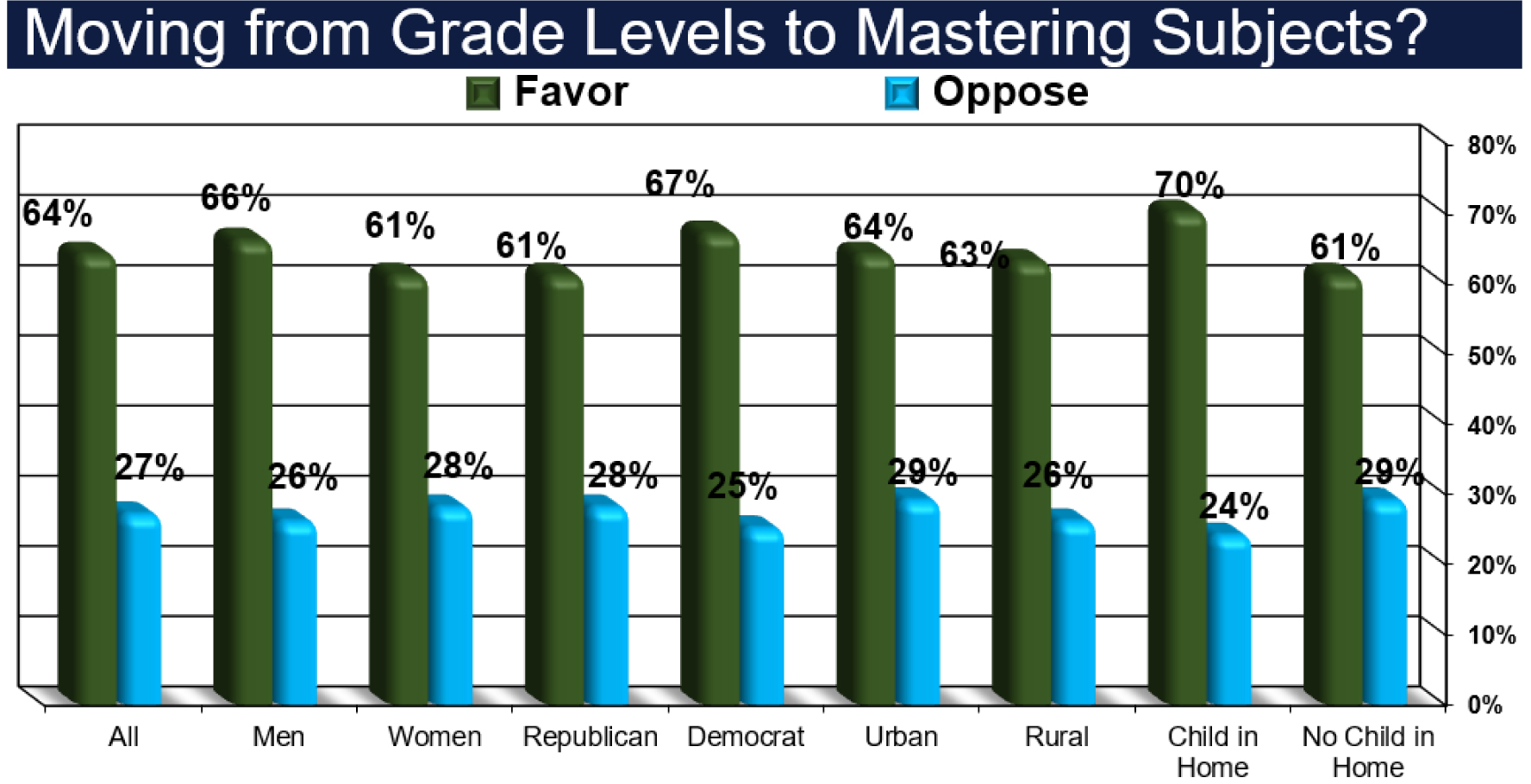
Another reform we looked at is a move away from grade levels and time spent in a classroom to one of mastering concepts. We actually looked at this in two different ways and see solid support. It should be noted, this has not been greatly discussed, so these numbers, unlike those for basic school choice, could change as a public discussion is held. When first asked if students should be abel to focus on “mastering subjects” instead of progressing through grade levels, we have phenomenal support from 72% of voters and Republicans and Democrats have almost identical numbers. Most striking is that among the, admittedly small, subgroup of those in teacher families (12% of the sample), 84% are supportive. When asked a different way, this time with it the move away from grade levels up front, support drops but is still 64% with Democrats being more supportive (67% favor / 25% oppose) than are Republicans (61% favor / 28% oppose). Those under 45 years of age (70% support) and those with a child in the home (70% support) are the strongest advocates.
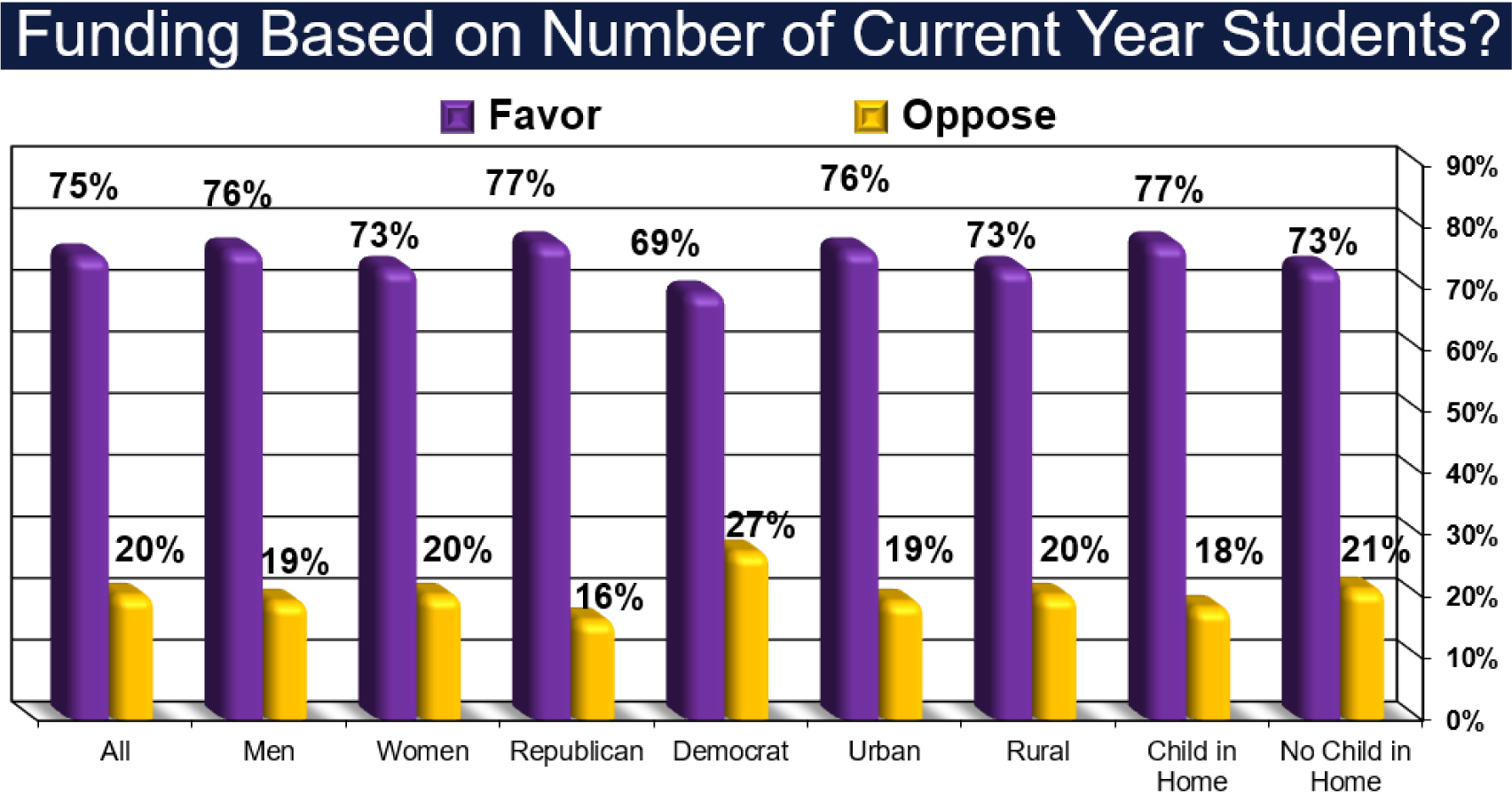
A more mundane reform we tested deals with changing how schools are funded. This question looked at moving from calculating the number of students served from the highest out of the last three years to one using only the current year’s number of students. This reform is really a no-brainer for most voters with three-quarters being supportive. Among Republicans support expands even more. Even among registered Democrats, however, there is a 42-point advantage for proponents. Both urbanites and rural dwellers are also supportive. Again, we see those with a child in the home leading the charge for this reform as do those under the age of 45.
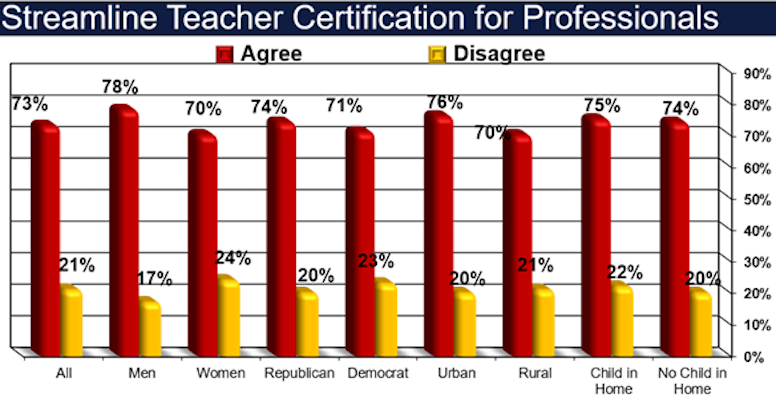
The final reform we examined was for finding a way to streamline the ability of professionals to become certified teachers. Again, almost three-quarters of voters are supportive, and the partisan divide is rather minimal. In contrast to some other reforms, however, here those who are tied to teachers’ unions or associations are among the least supportive. This reform is especially supported by younger and more affluent voters.
While these reforms may or may not be discussed during the upcoming legislative session, one thing is clear: Voters are now focused on reforming public education. They embrace fundamental reforms more now than at any time we have been polling – something that now dates back more than 30 years.♦

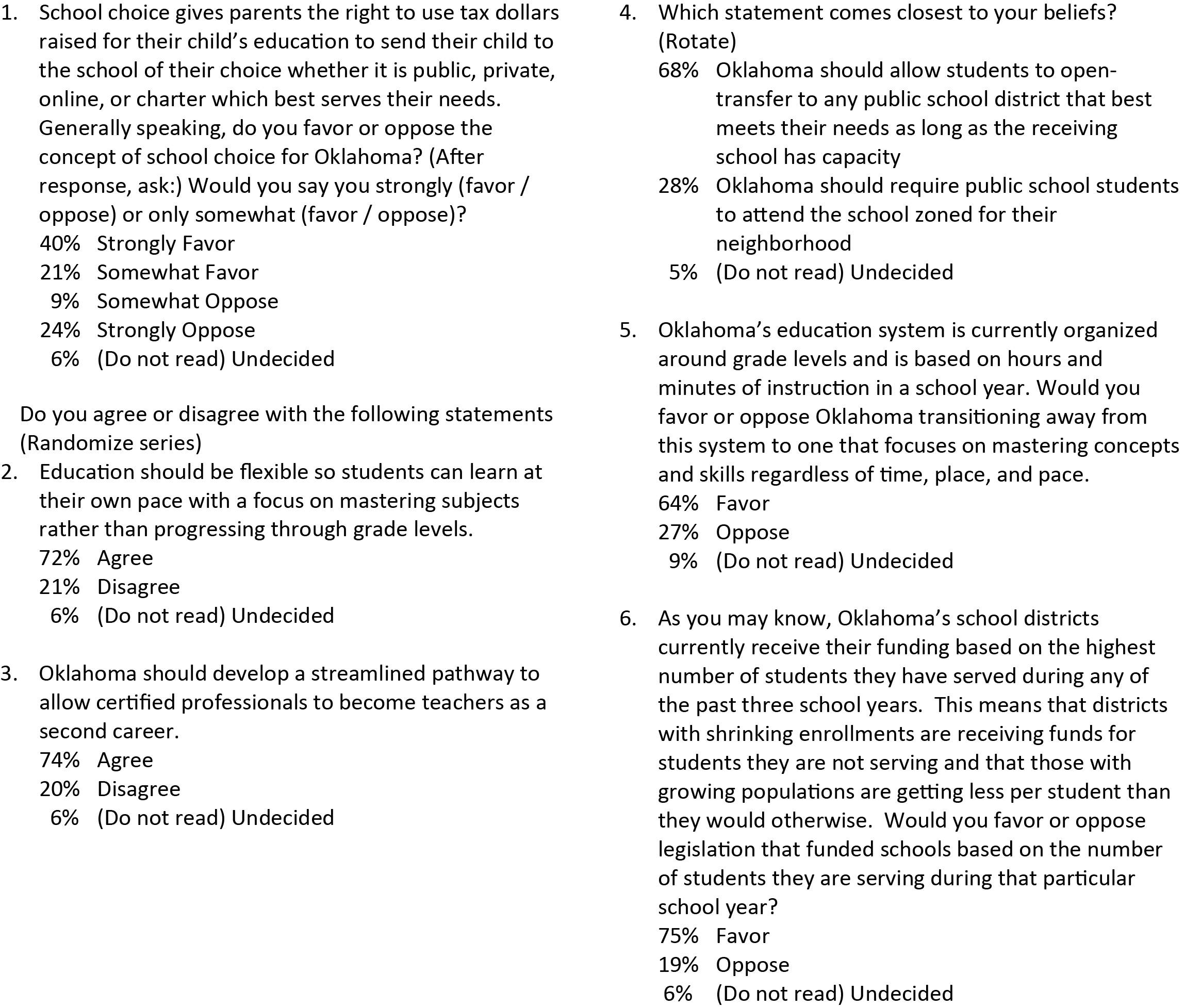
This edition of Sooner Survey was conducted September 20-24, 2020. The study of 500 registered voters in Oklahoma were collected by live agents on mobile (50%) and landline (26%) telephones and through our text-to-web CAWI system (25%). The confidence interval associated with this sample is that 95% of the time the results are within 4.3% of the true values.


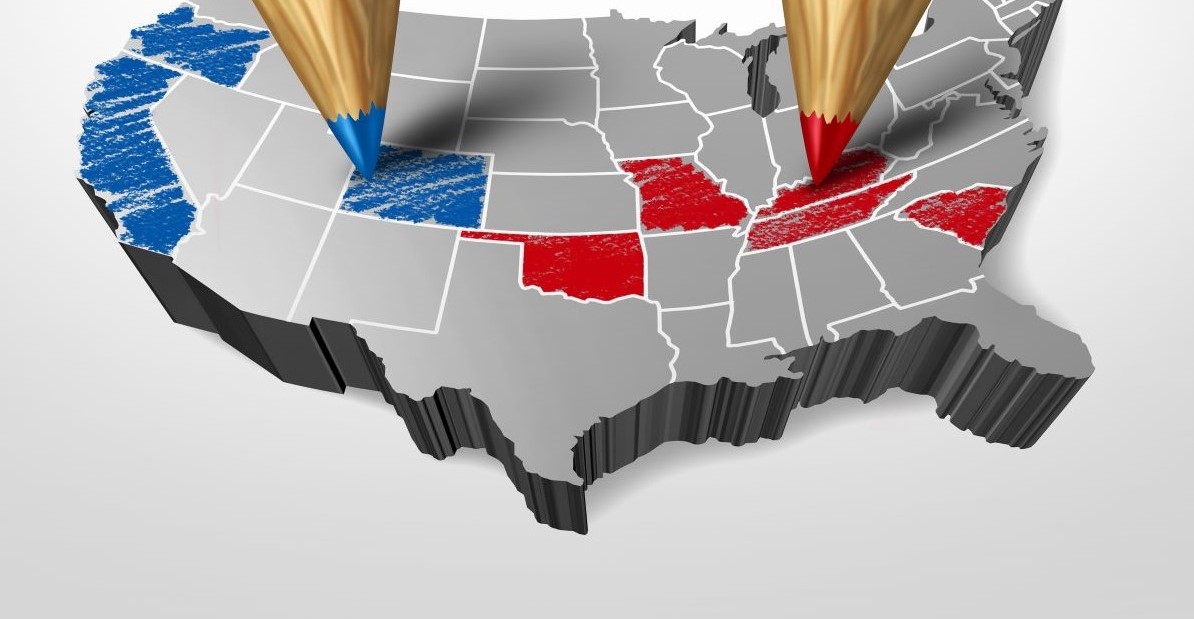

Recent Comments